The Marshall plan or ERP (European Recovery Plan) produced the following effects on the design after World War Two:
- increasing emphasis on cost-reduction and minimalism;
- orientation toward industrial needs;
- populism or appeal toward a very wide audience.
These are the most important legacies of the Marshall or European Recovery plan. It should be noted this initiative was aimed at restoring the industry and infrastructure of all countries, which sufferer severe losses after the war. Another objective of the Marshall Plan was to strengthen the influence of the United States in Western Europe and prevent the Soviet Union from assuming control in this region.
During the years after World War II, the United States provided more than 12 billion dollars to its allies. Much American government as well as some private companies made considerable investment into manufacturing companies of these countries. European enterprises embraced the production models, used in the United States, and these models manifested themselves in the works of many post-WWII designers.
To some degree, one can argue that the effects of the Marshall Plan on design can be accounted for by the increasing economic influence of the United States on Western European countries. These economic and social changes found their reflections in the works of many designers, who were working in different areas such as construction, interior, and furniture design. Moreover, these trends manifested itself in many countries like Italy, Switzerland, or even Japan.
To, some extent, the impacts of the Marshall on design can be explained by the economic situation in Europe at that time, and especially the necessity to reduce the costs of production. This is the main rationale for a minimalistic approach to design. For example, one can mention furniture of that period, especially chairs, designed by Joe Colombo and Giancarlo Piretti (Figures 1 and 2).
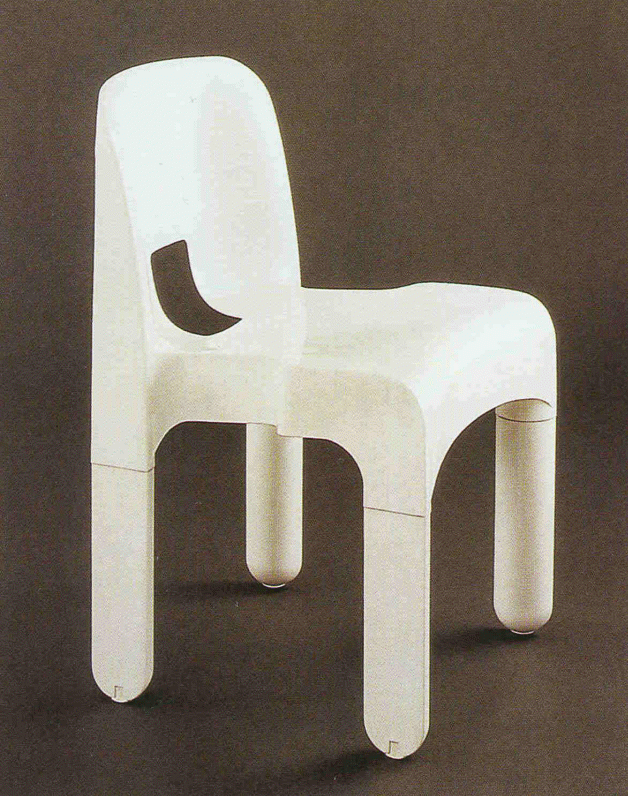
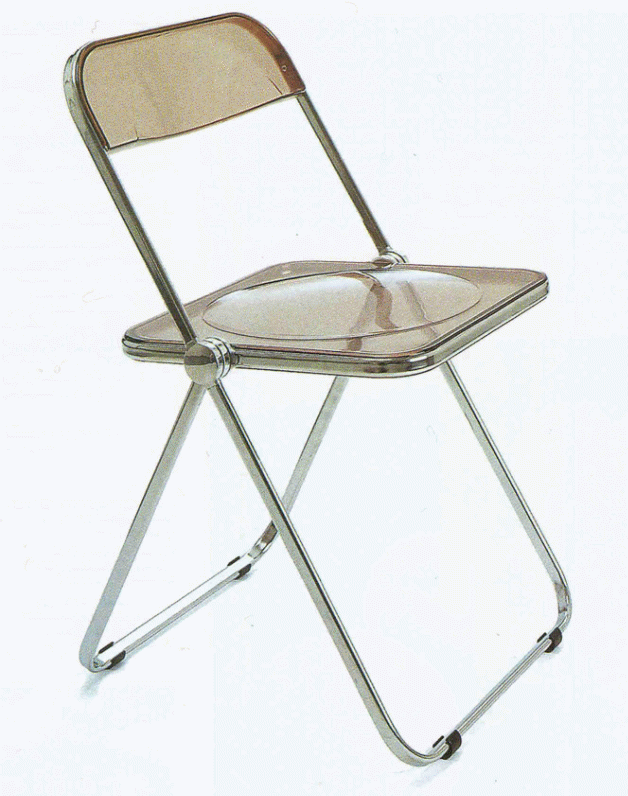
The main feature of Colombo and Piretti’s designs is that it is possible to launch the massive production of these chairs and make these products affordable for the growing European population. These examples show how the Marshall plan affected the design of that period and they illustrate several of its legacies: the tendency toward cost-reduction and minimalism and orientation toward industrial needs.
As it has been said before, the Marshall Plan was aimed at restoring the economy and industry of Western Europe. Thus, designers and artists had to adjust their work to this need. By adopting this minimalistic approach many companies were able to increase the speed of production, and this was very important for people, many of whom were lacking the most essential goods such as furniture.
Furthermore, the designer had to accommodate their works to the needs of many corporations which employed thousands of workers. The furniture, designed in such a way proved to be quite suitable for the needs of these companies since they were ergonomic and relatively inexpensive. This tendency has not disappeared nowadays. The furniture of modern office buildings, fast-food restaurants is very reminiscent of the designs of Joe Colombo and Giancarlo Piretti. Thus, it would not be an exaggeration to say that the effects of the Marshall Plan are very diverse and long-stranding.
As it has been mentioned before, orientation toward the needs of mass production was an inherent characteristic of post World War II design. In this case, one can speak about different kinds of industries, including construction. The main peculiarity of exterior design in the late sixties is the ease of reproduction. After this war, many European countries were virtually lying in ruins, and it was necessary to provide decent housing to people as quickly as possible. To some degree, this situation was reflected in the works of many designers of that time. For instance, one can refer to Romaldo Giurgola and his designs Dayton House (Figure 3).
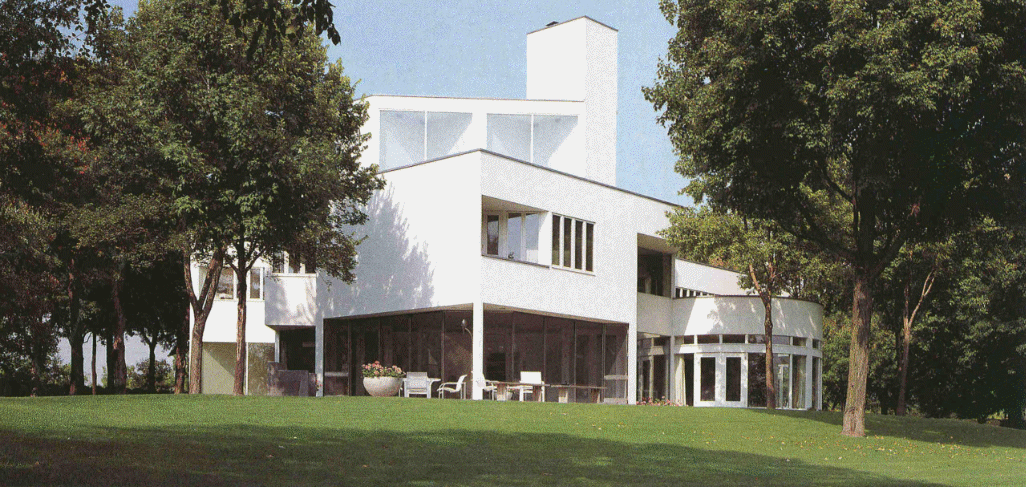
Again, it is possible to say that austerity is the key feature of this building. More importantly, this austerity can be observed in the design of suburban areas. Minimalism can also be observed in interior design, especially in the works of Monta Mozuna (Figure 4). One of the goals that the European Recovery Plan had to attain was to restore infrastructure, especially housing. It could be done only if the design of the buildings was minimalistic and relatively simple. Their works are not as sophisticated especially in comparison with the exterior designs of the early twentieth century. However, this minimalism was one of the ways to resolve the housing problem.
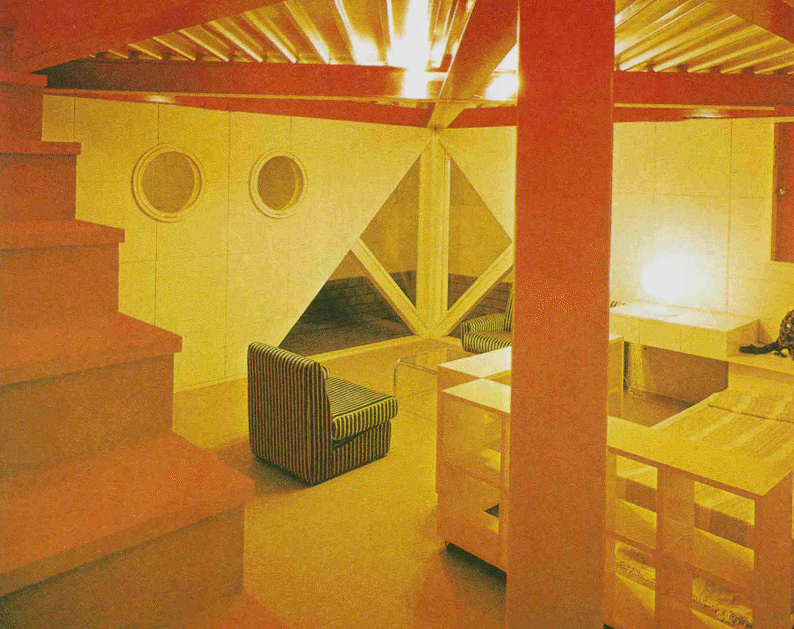
This trend produced a lasting impression on the designers who witnessed this recovery. Romaldo Giurgola and Monta Mozuna represent this tendency in post-WW-2 design and they are not the only ones. It has to be admitted that the tendency to minimalism emerged before World War II; even at the beginning of the twentieth-century exterior designers began to exclude those elements which did not serve any practical purpose.
Nonetheless, after the war, this trend became much more prominent. The works of Romaldo Giurgola and Monta Mozuna clearly illustrate this point. Certainly, Giurgola and Mozuna are not the only designers, who stressed the importance of minimalism, but they represent the trend that emerged after World War II.
The most important objective of the Marshall Plan was to revive the economy of Western Europe. In part, it could be done by reducing the cost of manufacturing and by making the products accessible to a wide range of audiences.
However, it was also vital to make goods appealing to people. This is the main reason why populism became a typical characteristic of the design. It combined both minimalisms and appeal to a person’s self-esteem. The most eloquent example that can illustrate this point is the design of vehicles. One can look at the works of Gae Aulenti, who designed many of Fiat vehicles (Figure 5). He treated the cars as dynamic objects; one of their distinctive features was streamlining, which can be seen in curved lines.

This approach to vehicle design was widespread among American car manufacturers and European automakers adopted them. On the whole, this populistic approach to design greatly contributed to the growth of many European companies. At this point, we can argue that the effects of the Marshall plan on the design were caused by the economic and demographic situation in Western European countries.
It should be noted that some legacies of the Marshal plan have not disappeared even now. Minimalism remains a typical characteristic of modern design. This argument is particularly relevant when we are speaking about interior design and furniture. There are numerous examples, which prove this point; one of them is the interior design of the Red Bull Office in London (Figure 6).
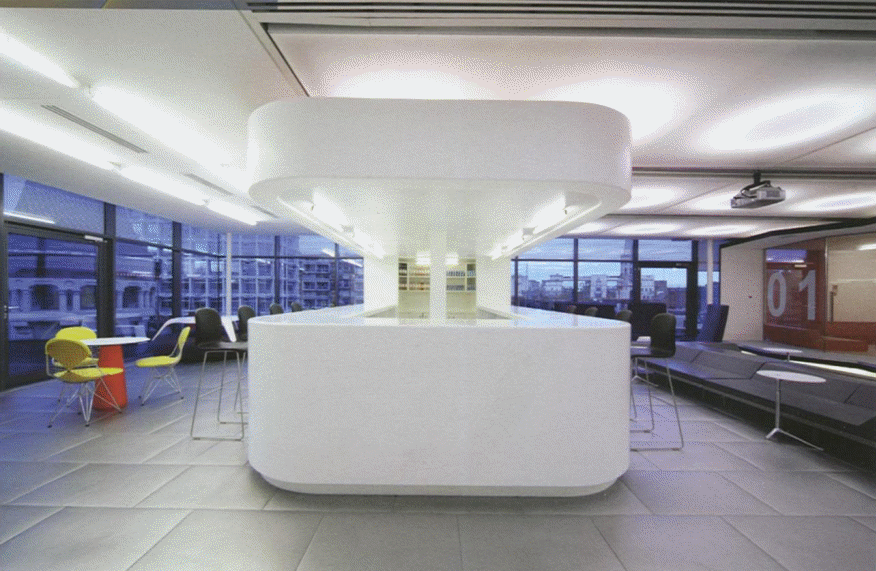
Certainly, the economic situation has dramatically changed since that period, and the purchasing power of modern people has enhanced in comparison with the first decades after World War II. However, contemporary design is more inclined toward austerity and minimalism rather than a luxury. This is probably the most important legacy of the Marshall plan.
Thus, we have said at the very beginning, the main legacies of the Marshall plan are minimalistic design, orientation toward the needs of mass producers, and populism. These trends can be observed in different areas such as exterior and interior design, furniture, vehicles, etc. In the years, following World War II, they were largely motivated by economic restraints and the demographic situation in Europe.
Yet, the legacies of ERP are palpable even nowadays. The discussion shows that art and design reflect the changes in society and international relations, and one cannot study the history of our without in-depth knowledge of economic and social development. In addition to that, it is possible to argue that the design of that period throws much light on the needs of people, their major concerns, and their financial capabilities.